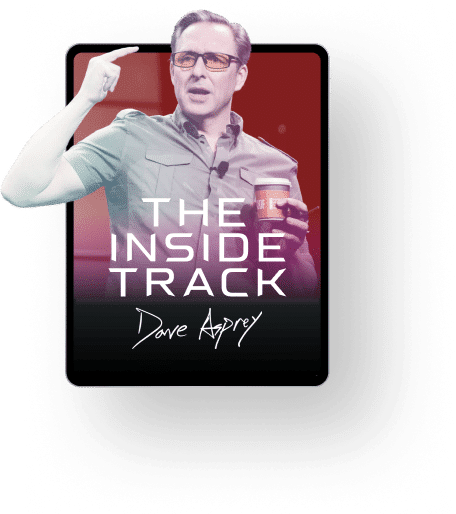Why you should listen –
Growing new neurological pathways for peak brain and body performance can be achieved in 9 steps according to world-renown psychologist Anat Baniel. These 9 steps are part of the Neuro- Movement approach called the Anat Baniel Method, a system used by over 1,000 practitioners around the world to treat a variety of neurological problems ranging from autism to traumatic brain injury. Anat has helped small children and infants with developmental disabilities lead better lives, world class athletes and musicians overcome repetitive and traumatic physical injuries, and 90-year-old adults regain control of their minds and bodies. Now, Anat wants to do the same for Bulletproof listeners by revealing some of the simple steps that can be taken to completely change lives for the better.
Enjoy the show!
Watch
Listen

